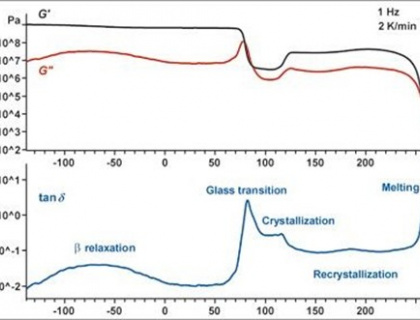There are various methods for achieving shape and weight optimization, including:
-Topology Optimization: Topology optimization is a computational technique that uses mathematical algorithms to optimize the shape and structure of a product, while satisfying given constraints and performance requirements. It involves the analysis of the structural behavior of the product under various loads and conditions, and generating a shape that minimizes the weight of the product while ensuring that it meets its performance requirements.
-Material Selection: The choice of materials used in a product can significantly impact its weight and performance. By selecting materials with higher strength-to-weight ratios, designers can reduce the weight of the product while maintaining its structural integrity.
-Finite Element Analysis (FEA): Finite Element Analysis is a computational method used to simulate the behavior of a product under different loads and conditions. By analyzing the stresses and strains in the product, designers can identify areas where material can be removed or modified to reduce weight while maintaining structural integrity.
-3D Printing: Additive manufacturing or 3D printing is a process that can be used to optimize the shape and weight of a product. By using 3D printing, designers can create complex geometries that are impossible to manufacture using traditional methods, and can use optimization techniques to reduce the amount of material used.
In conclusion, shape and weight optimization are important considerations in product design and engineering, and can be achieved using various techniques such as topology optimization, material selection, finite element analysis, and 3D printing. By optimizing the shape and weight of a product, designers can improve its efficiency, reduce its environmental impact, and increase its performance.

Mechanical analyses refer to the study and characterization of the physical properties of materials or systems under mechanical stress, deformation or loading.
Read moreMechanical analyses refer to the testing or analysis of the mechanical properties and behavior of materials or structures under applied stress, deformation, or load.
Read more
Virtual reality (VR) is a technology that allows users to experience a computer-generated 3D environment as if they were present within it. In the context of design offices, VR can be used to enhance the design process by providing designers with an immersive, interactive, and collaborative environment in which to view and evaluate their designs.
Read more